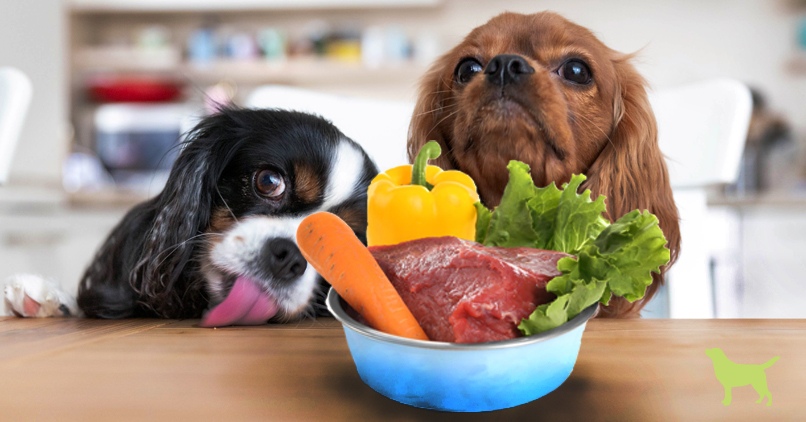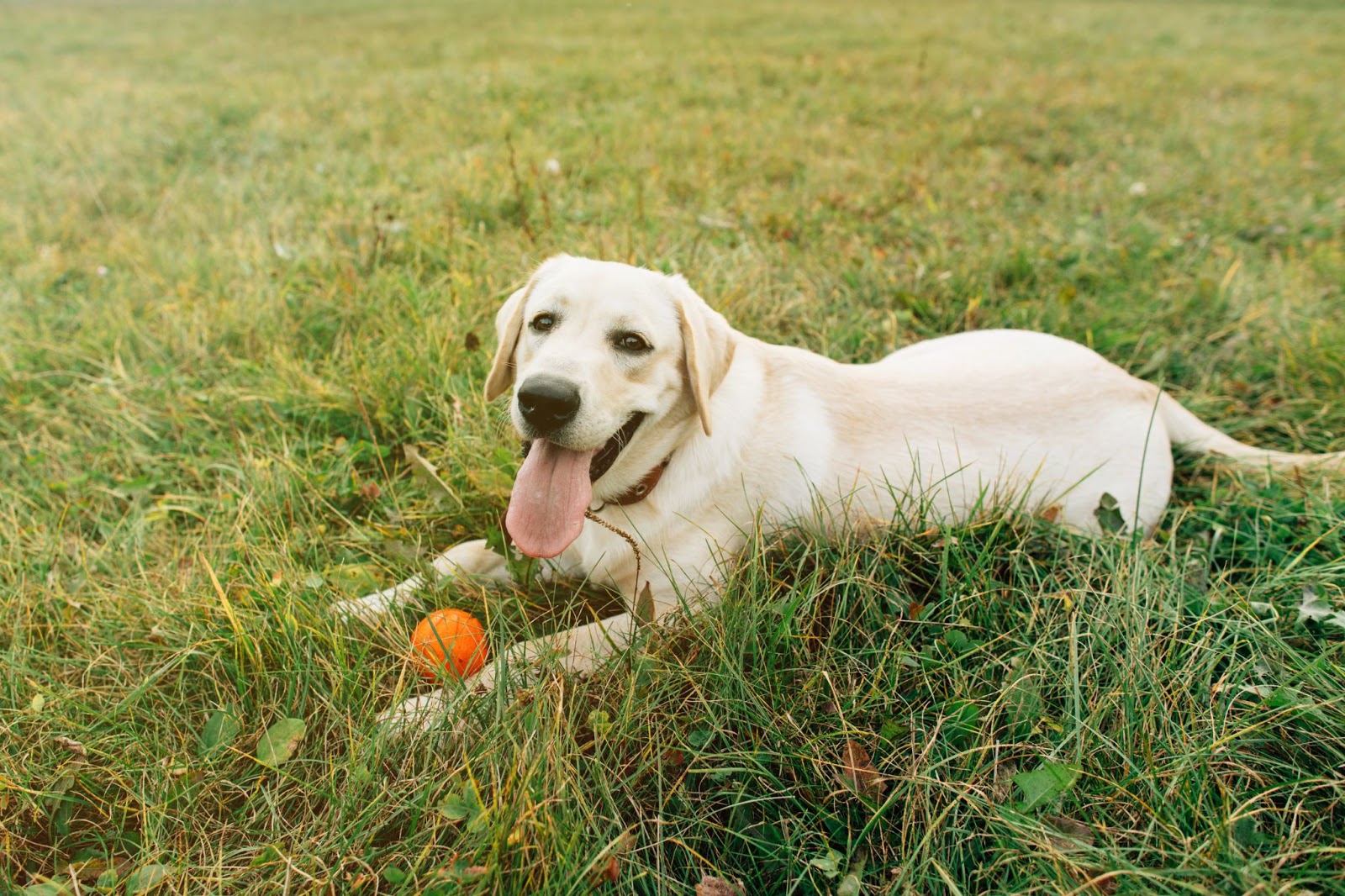Learn Puppy Learn
Learn to Earn
Program
Changing your relationship
with your dog.
Learn to Earn
Program
Changing your relationship
with your dog.
This is the most important part of your behaviour modification program as it will provide a solid foundation for training. The idea of this program is to change the relationship with your dog, so that he or she learns that you are ‘top dog’, without using any force or aggression on your part.
To do this, you need to be in control of all the things that are important to the dog, such as food, toys and your attention. Your attention is very important – dogs are social animals, and soon learn what works to get your attention. If you place little importance in your attention, then so will your dog and your place in the pack hierarchy will slip.
FOOD
Remember that all your dog’s food actually belongs to you (after all, you went out to buy it!). So, as you would for a child, ask the dog to say “please” before he is given his food, or indeed any treats. You can do this by asking him or her to “sit”, “down”, “stay”, “shake paws”, or any other command that he/she knows, or you want to teach him/her. The important thing is that your dog does something for you before you do something for him or her. It’s amazing how quickly dogs learn a whole repertoire of tricks when their dinner depends on it!

TOYS
Like the food, remember that all of your dog’s toys also belong to you. It’s a good idea to keep all of his or her toys in a ‘toy box’, so that you have control over their use. Just by being in control of a vital “resource”, like the toy box, will increase your status in the eyes of your dog. You can select toys to give to the dog when you wish, and put them away again when you want to. You will probably find that your dog will actually be more enthusiastic about his toys when you start this rule. As you know yourself, things that you can’t have all the time are more exciting than things that are available all the time. (A holiday in Barbados wouldn’t be so exciting if you went there every month.)

YOUR ATTENTION
This is the resource that most people forget to control, and it is also often the resource that the dogs want most! Dogs are social animals, and your attention is very important to them. It is important to remember that your attention, along with all other important resources such as food and toys, also belongs to you. It should be you who decides when to give it, and when to take it away. There are no restrictions at all as to how many times you interact with your dog during the day – in fact the more times the better, but, it is important that you start and finish every interaction.

If your dog comes to you to ask for attention at other times, he or she must be ignored. This includes eye contact. Although it is sometimes nice that your dog comes up to say “hello”, for those dogs that are controlling their owners, it is important that such behaviour is ignored in order for the dog to learn the new “rules”.
To start with, when you ignore his or her advances, you will find that your dog’s response will be to try harder! Your dog has always had a response from you, and now doesn’t get it. This is rather frustrating for the dog, who will do its particular “attention seeking” behaviour more, or even new behaviours in order to try to get your attention. This can be very, very difficult to ignore, but it must be ignored for the message to get through! Once he or she has given up, and left you alone, call him or her back, and give them lots of attention and cuddles. It is important to remember that this is not a ‘no attention’ program, but an ‘owner in control of attention’ program.
As with the food, and toys, it is also a good idea to ask your dog to say “please” for your attention also. When you call him or her to you, ask for one of the commands you have taught, such as “sit”, before he or she gets their cuddle.
RULES OF THE “LEARN TO EARN” PROGRAM
1. Toys and food belong to you, so ensure you are in control of both of these ‘resources’.
2. Dogs have to say “please” in some way to ask for one of their ‘resources’, whether it is food, toys or your attention.
3. Humans start all interactions.
4. Humans finish all interactions.
5. Ignore all your dog’s attempts to start interactions or prolong interactions.
The other rule that we mentioned, which is also useful to remember when teaching your dog new commands or tricks, is to “reward behaviours that you want, and ignore behaviours that you don’t want”. Following this rule will mean that behaviours that you want will become more frequent, and other behaviours will decrease in frequency.
Anne McBride, BSc PhD Cert.Cons FRSA, Naziema Mia, DipAS(CABC) MRCVS
CLICK HERE FOR A PRINTABLE PDF
